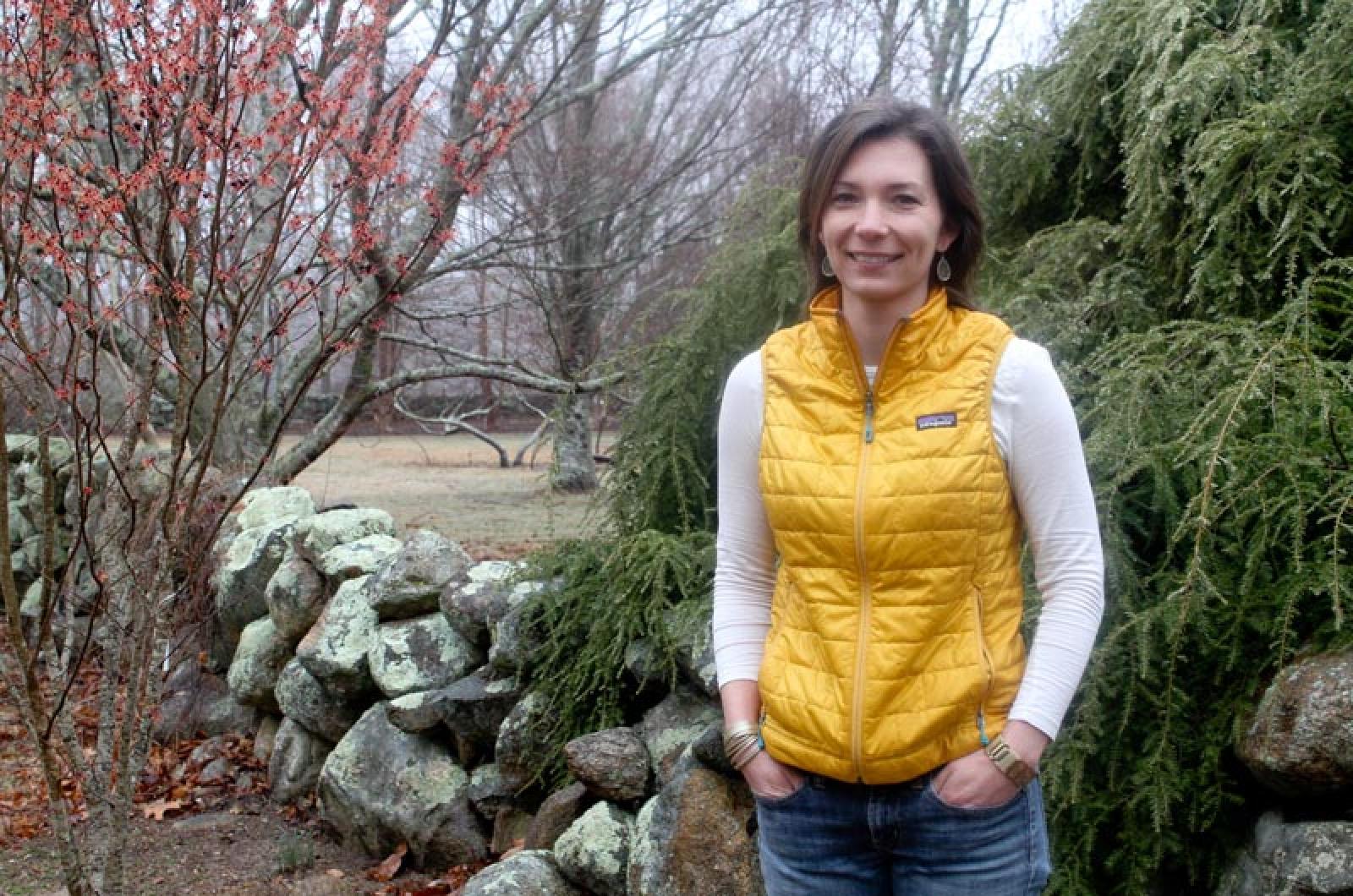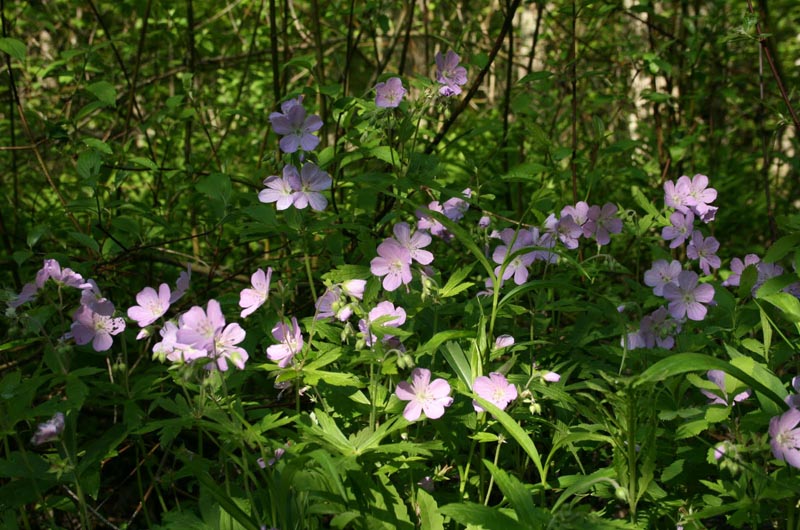It was the second week of February and snow had piled up around a West Tisbury farmhouse, where Erin Hepfner sat at a computer.
The start of the growing season was still weeks away, but Ms. Hepfner was planning a Vineyard landscape.
“Let’s say you have a shady area with moderate soil,” she said, clicking away at a checklist on the screen.
Ms. Hepfner was demonstrating a tool she and her colleagues at the Polly Hill Arboretum are debuting this season called the plant selection guide.
The online resource, developed in collaboration with the Martha’s Vineyard Commission, is a searchable database that helps local growers choose plants for their green spaces.
The site holds nearly 1,000 plants, each cataloged according to their preferred growing conditions.
“We are trying to give all the options for people to have the most responsible landscape but also allow them choice and to have their own garden style reflected,” Ms. Hepfner said.
Her first inquiry resulted in 45 plants, ranging from tall trees like eastern hemlock and bottlebrush buckeye to low shrubs like leatherwood, smooth hydrangea and staggerbush. All were native to eastern North America and are considered appropriate for the Island climate and growing zone.
To build the database, Polly Hill staff spent hours entering data they found in plant books and online resources into an enormous spreadsheet.
For each plant, they included its botanical name, native region, special characteristics and optimum growing conditions.
Plants qualify as native if they grew naturally in an area prior to European settlement.
According to Polly Hill, the long list of people who might find the plant selector guide useful includes landscape architects and designers, nurseries, homeowners, gardeners, town planning boards and conservation commissions. The Martha’s Vineyard Commission, a regional planning agency, expects to use it when it reviews development projects around the Island.
For example, the commission might have used the guide when choosing the best trees to surround a proposed Shop & Stop supermarket expansion last year. Preferable trees for that urban location would not require a lot of fertilizer and would be salt tolerant, said Polly Hill executive director Tim Boland.
“We are setting up scenarios where the outcomes are going to be better because they are better informed,” he said.
In planning the landscaping for a refurbished parking lot at the West Tisbury Library, designers used the guide to find vegetation that was tolerant of sand and could also withstand the hydrocarbons carried on car tires.
The arboretum already consults with growers about their plans, providing suggestions about which plants to put where, and will continue to provide that service. While not a direct replacement for face-to-face contact, the plant guide is another tool, Ms. Hepfner said.
“It’s an extension of our mission and the role of the public garden,” she said.
The guide is also designed to encourage the cultivation of native and Island-appropriate plants over invasive species, and to promote greater plant diversity.
Ideally, the plant guide would also increase the homeowner’s interaction with the landscape, Ms. Hepfner said.
Similar tools exist in other parts of the United States like Missouri, where a botanical garden in St. Louis has developed a searchable database of 6,800 plants that have been grown on the premises.
But the creators of the Vineyard guide say it’s better to have access to a database that includes native plants.
“There are plants that grow across the whole U.S. but it’s really a regional thing,” Ms. Hepfner said. “That’s one of the unique things about ours. It’s written directly for the Island, not New England, not Massachusetts.”
But it’s not always easy to find native seedlings on the Island. Nurseries don’t tend to grow a tremendous amount of Island native plants, Mr. Boland said.
“It’s this kind of odd thing that exists, what’s common is all around you, why would you cultivate it,” he said.
He hopes the guide will help steer landscape architects toward native plantings.
Some Vineyarders may be particularly interested in selecting deer-resistant plants, like the native but rare stewartia. Stewartia is a deciduous tree with bark that is both colorful and unappetizing to deer.
Still, Mr. Boland said resistant doesn’t mean immune.
“A deer could still get desperate and eat it,” he said.
The database will grow each year, as Polly Hill adds more species, images and information to it.
Eventually, the guide will have pictures of the plants at each stage of development. (“A fun intern project,” Mr. Boland said).
“One of the goals is to provide a well-informed list to take to the nursery,” Ms. Hepfner said.
Visit plantfinder.pollyhillarboretum.org to try it out.








Comments (2)
Comments
Comment policy »